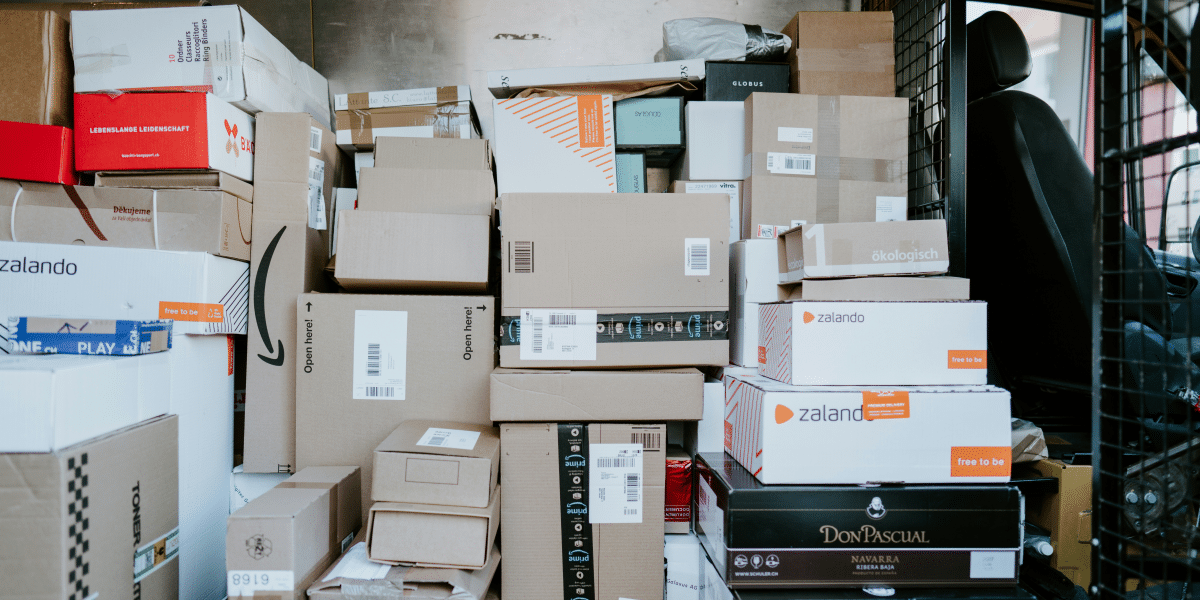In an ever-expanding digital world, the need for reliable parcel delivery has surged, especially for small businesses and individual entrepreneurs. The vast array of shipping services offers various levels of speed, cost, and reliability, creating a complex landscape that necessitates informed decision-making. It’s vital for shippers to understand their options to ensure their parcels are delivered on time and within budget, without sacrificing the quality of service their customers expect.
Selecting the right courier involves weighing factors such as package size, destination, tracking capabilities, and special handling requirements. Whether it’s an overnight delivery for a vital contract or a cost-effective solution for less urgent goods, the choice hinges on the shipper’s specific needs. They must consider the balance between speed and cost, often a deciding factor in customer satisfaction.
Navigating the maze of local postal services, multinational couriers, and niche delivery companies, shippers must arm themselves with knowledge. This entails understanding the subtle differences in service levels, delivery guarantees, and insurance options. By equipping themselves with the right information, those in charge of small-scale shipping can make strategic choices that benefit their operations and enhance customer trust.
Understanding Parcel Delivery Options
When choosing a parcel delivery service, it’s important to consider carrier types, cost, speed and reliability, as well as tracking and insurance to ensure your package arrives safely and efficiently.
Carrier Types
Parcel delivery services vary, with options including national postal services, private courier companies, and express shipping providers. Each presents a unique set of services:
- National Postal Services: Generally offer more affordable rates, are reliable for domestic shipping, and can reach remote areas.
- Private Courier Companies: Known for faster delivery times, they often provide more specialized services and international shipping.
- Express Shipping Providers: They prioritize speedy delivery, ideal for urgent shipments, with premium charges.
Cost Considerations
Various factors influence shipping costs. When evaluating pricing, keep these elements in mind:
- Package Size and Weight: Heavier and larger packages typically cost more to send.
- Distance: Longer shipping distances can significantly increase costs.
- Volume of Shipments: Businesses shipping in bulk might secure lower per-package rates.
Speed and Reliability
The urgency of delivery and the sender’s trust in the carrier’s ability to deliver on time are crucial. Assess the following:
- Delivery Timeframes: Carriers offer a range of options from standard to expedited services.
- Carrier Reputation: Research past customer experiences and delivery success rates for reliability indications.
Tracking and Insurance
The ability to monitor parcels and protect them against loss or damage is pivotal. Look for:
- Tracking Services: Most carriers offer real-time tracking for peace of mind.
- Insurance Options: Additional insurance coverage may be available for valuable items, safeguarding your shipment.
Preparing Shipments and Avoiding Pitfalls
Proper preparation of parcels and knowledge of shipping regulations are crucial to ensure that small-scale shipping needs are met with success.
Packing Strategies
When sending out a package, it’s essential to protect the contents from damage during transit. Here are some tips to keep in mind:
- Use the Right Box: Choose a box that’s slightly larger than the item you’re shipping. This gives you space for cushioning materials like bubble wrap or foam inserts.
- Cushioning: Surround your items with ample cushioning. Items should not touch the walls of the box directly.
- Sealing: Tape the box securely using a strong, high-quality packing tape. Cover all flaps and seams to reinforce the package.
Address Labeling and Documentation
Clear and correct labeling is a must for ensuring that a package reaches its destination without delays.
- Legible Writing: Write the recipient’s address clearly or print it using a label maker. The same goes for the return address.
- Correct Placement: The main label should be on the top surface of the package, away from any seams or edges.
- Include Contact Information: Always provide a phone number or email address inside the package or on the label for queries during transit.
Customs and International Shipping
Shipping across borders adds another layer of complexity due to varying customs regulations.
- Familiarize with Regulations: Check the destination country’s regulations before shipping. Prohibited items can vary greatly from one place to another.
- Accurate Paperwork: Fill out customs forms carefully. An accurate description and value of the contents are crucial to prevent hold-ups.
- Duties and Taxes: Be aware that the recipient might need to pay customs duties or taxes upon receiving the package.
Adhering to these methods and being aware of potential pitfalls is the key to smooth and successful parcel delivery for small-scale shippers.
Published By: Aize Perez







